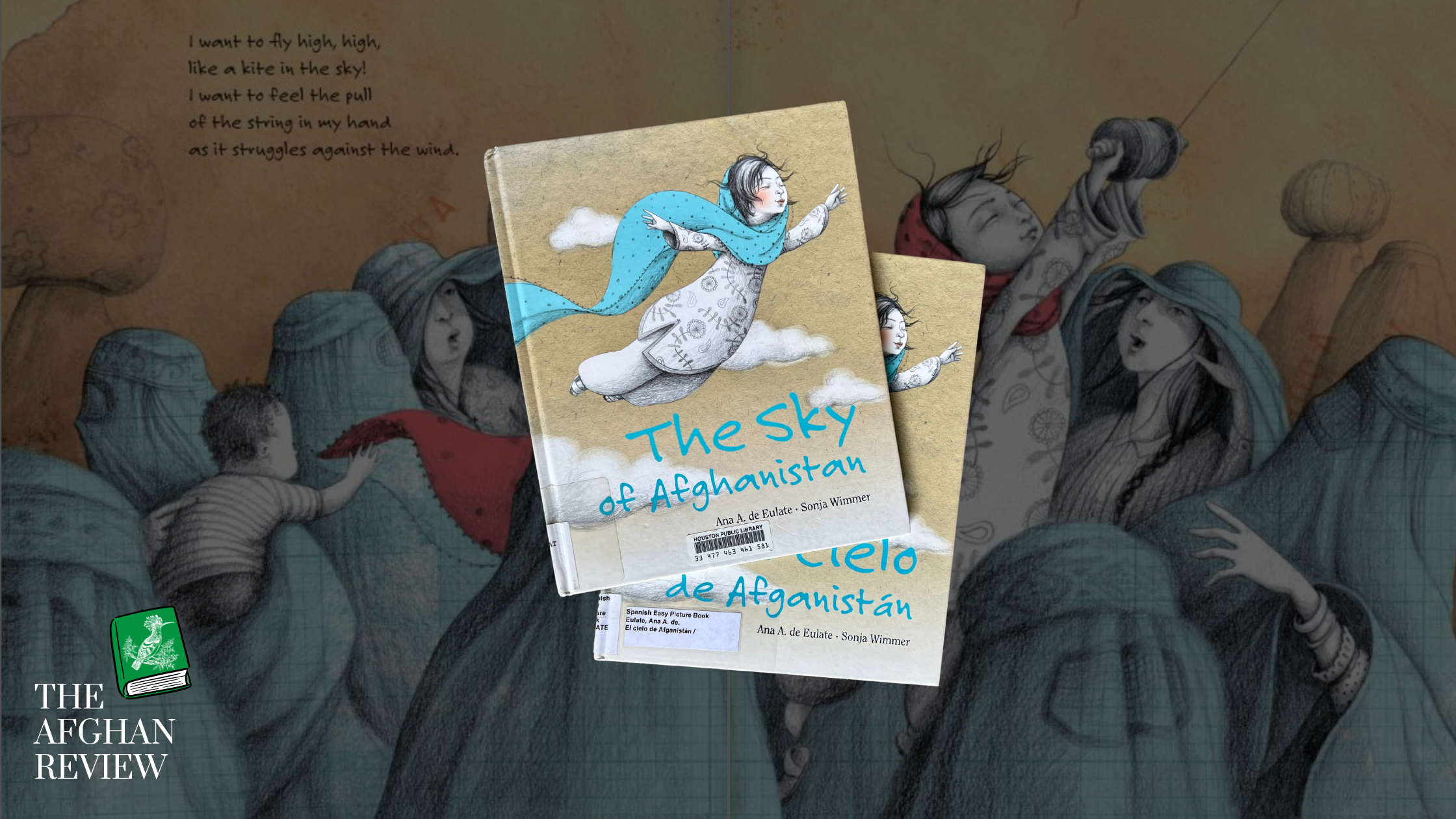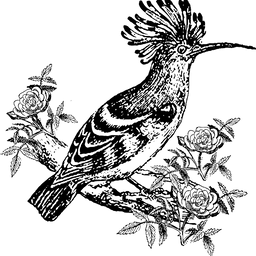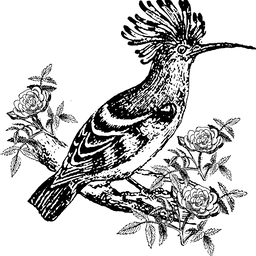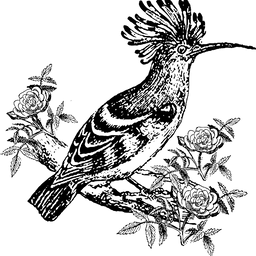All Book Reviews
On the Frontier of Apocalypse, Hope Survives in the Bravery of Teachers, Lovers, and Storytellers.
“Tali Girls,” Siamak Herawi’s 13th novel and the first in English translation, is a sweeping adventure spanning the lives of three girls—Kowsar, Simin, and Geesu. The book begins in 2002. It’s been a year since Laura Bush’s calls for the U.S. military to save the
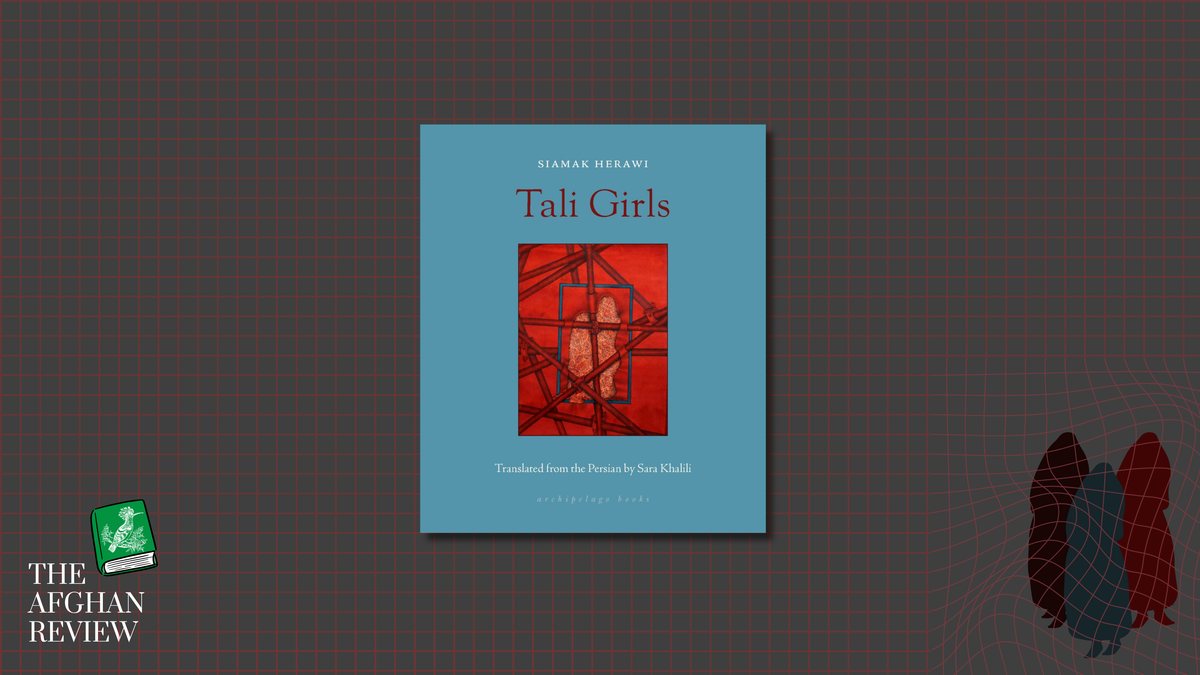
Aria Aber’s Poetic Prose Resists Definition
In Good Girl Aria Aber sets her frame on the underbelly of Berlin to show a city chaotic with poverty, racism, and xenophobia. A shadow of doubt covers the city, dimming everything but the voice of Nilab Haddadi, the adolescent narrator, whose knack for finding fault in everything, but her
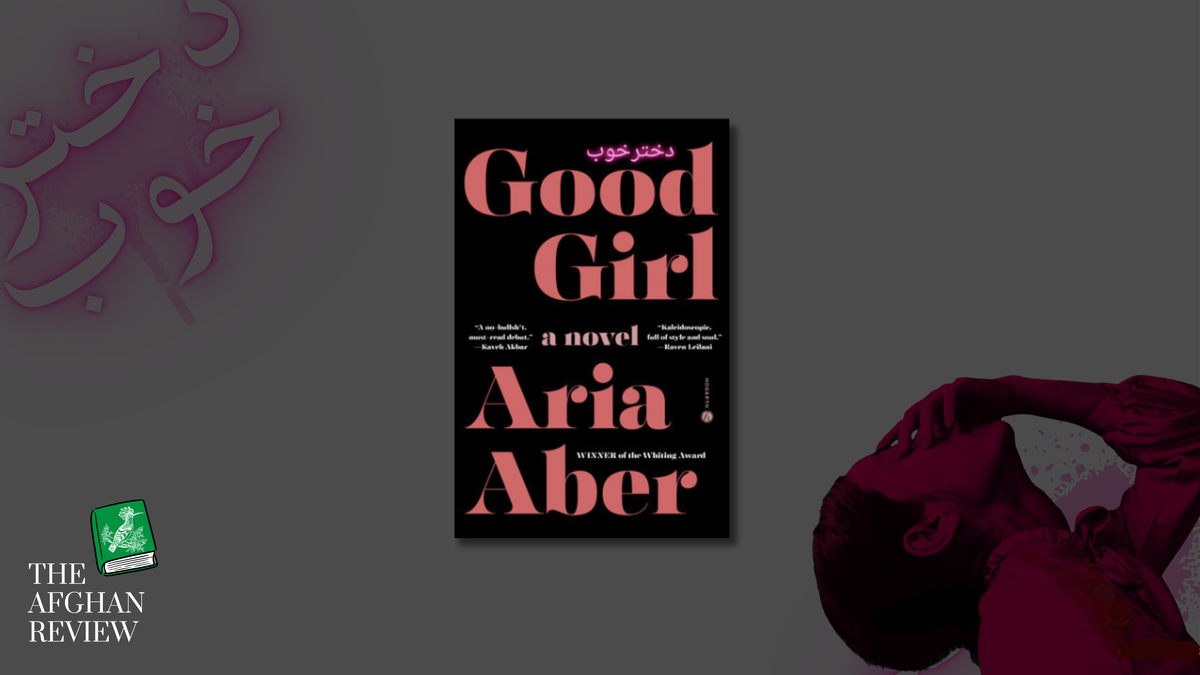
The Present is Forgotten for the Past in “House of Yesterday”
Sara Rahmat is a fifteen-year-old Afghan Uzbek American whose struggle to cope with her parents’ divorce and her grandmother’s dementia has turned her into a reckless, angry person. Sara’s mother, Nargis Amani, sums up how everyone feels about Sara’s behavior when she tells her, “I don’t know
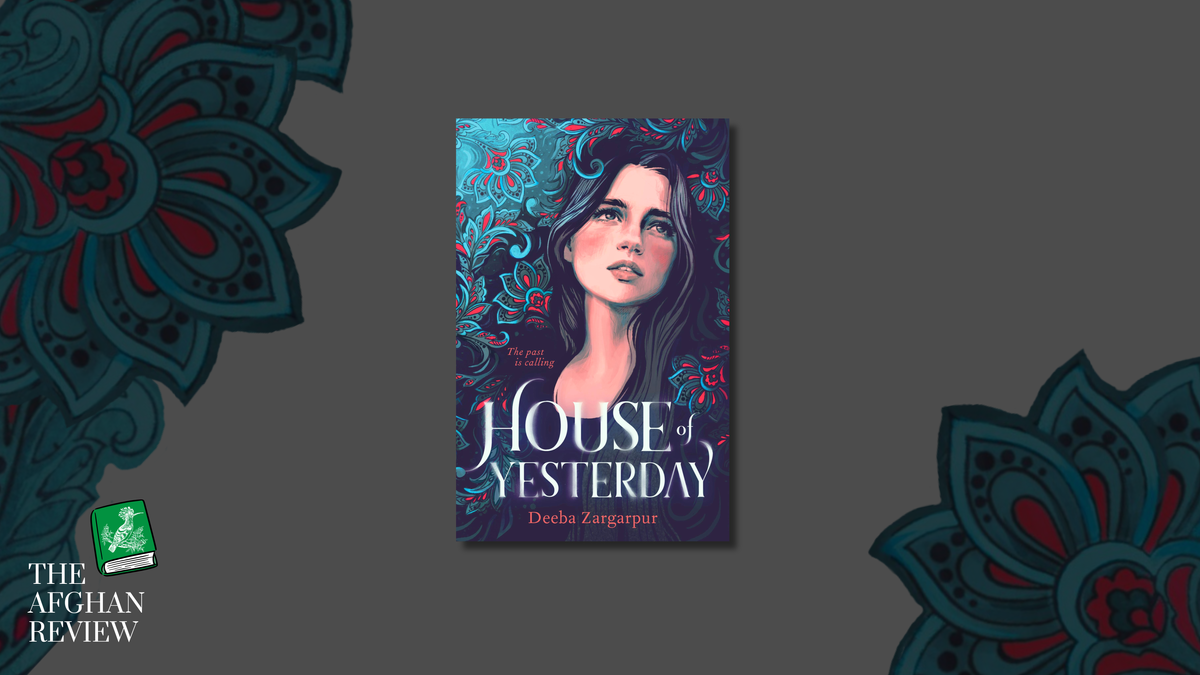
Inheriting a New Identity in “Snapshots: this Afghan American life”
We are all born with an inheritance. It can be material—money, a house—or immaterial—a people, a culture, a feeling. At its most helpful, an inheritance can launch us towards our most ludicrous dreams. At its most common, it can trap us into a circuitous life of received
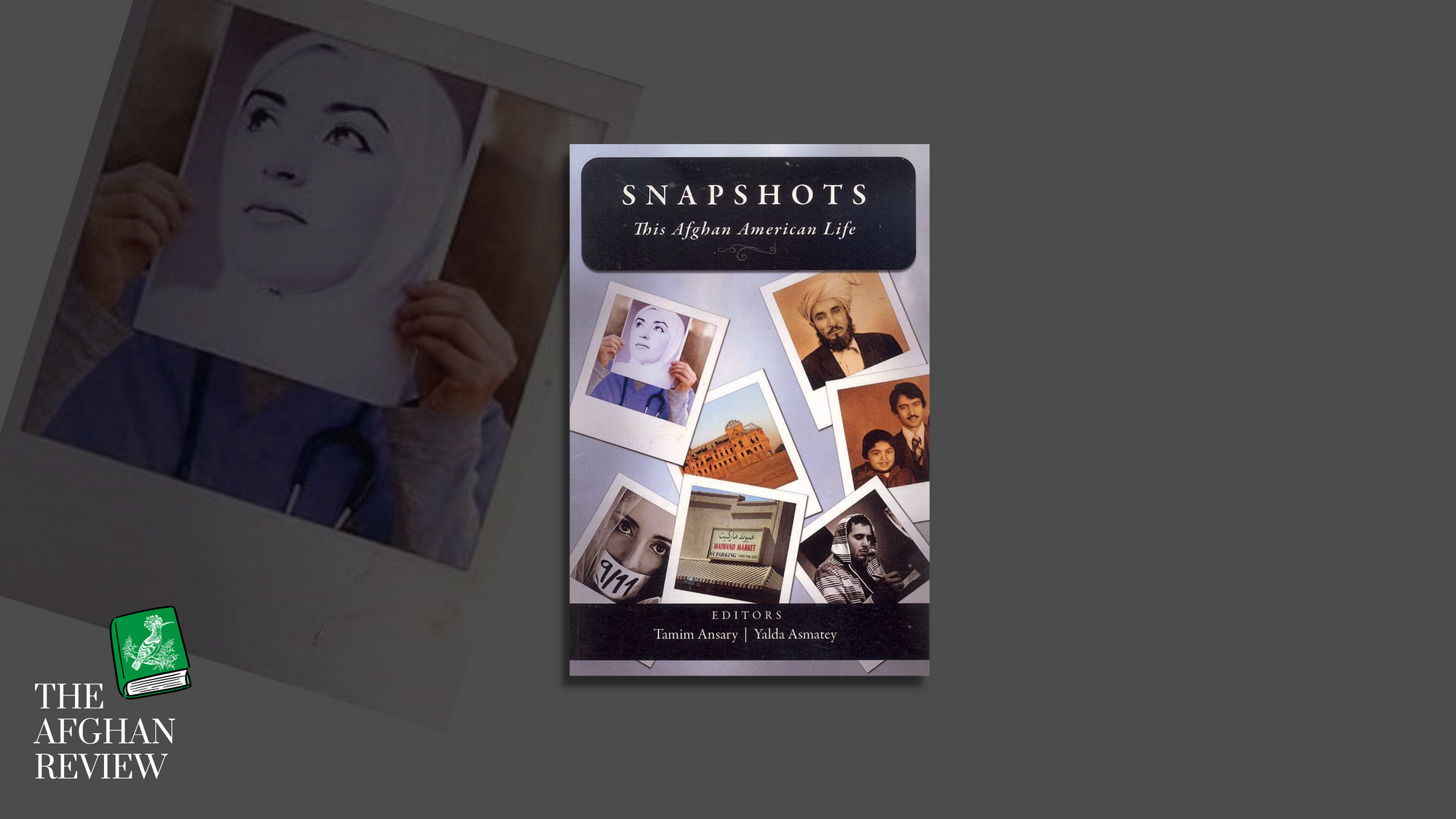
“Catalogue of the National Museum of Afghanistan:” Cultural Preservation through Art History
In 2007, six years after the destruction of the Buddhas of Bamyan, UNESCO published a record of the holdings of the National Museum of Afghanistan. The book’s pages display photographs and drawings of 1,600 artifacts acquired by the museum between 1931 and 1985. The range of pieces is vast.
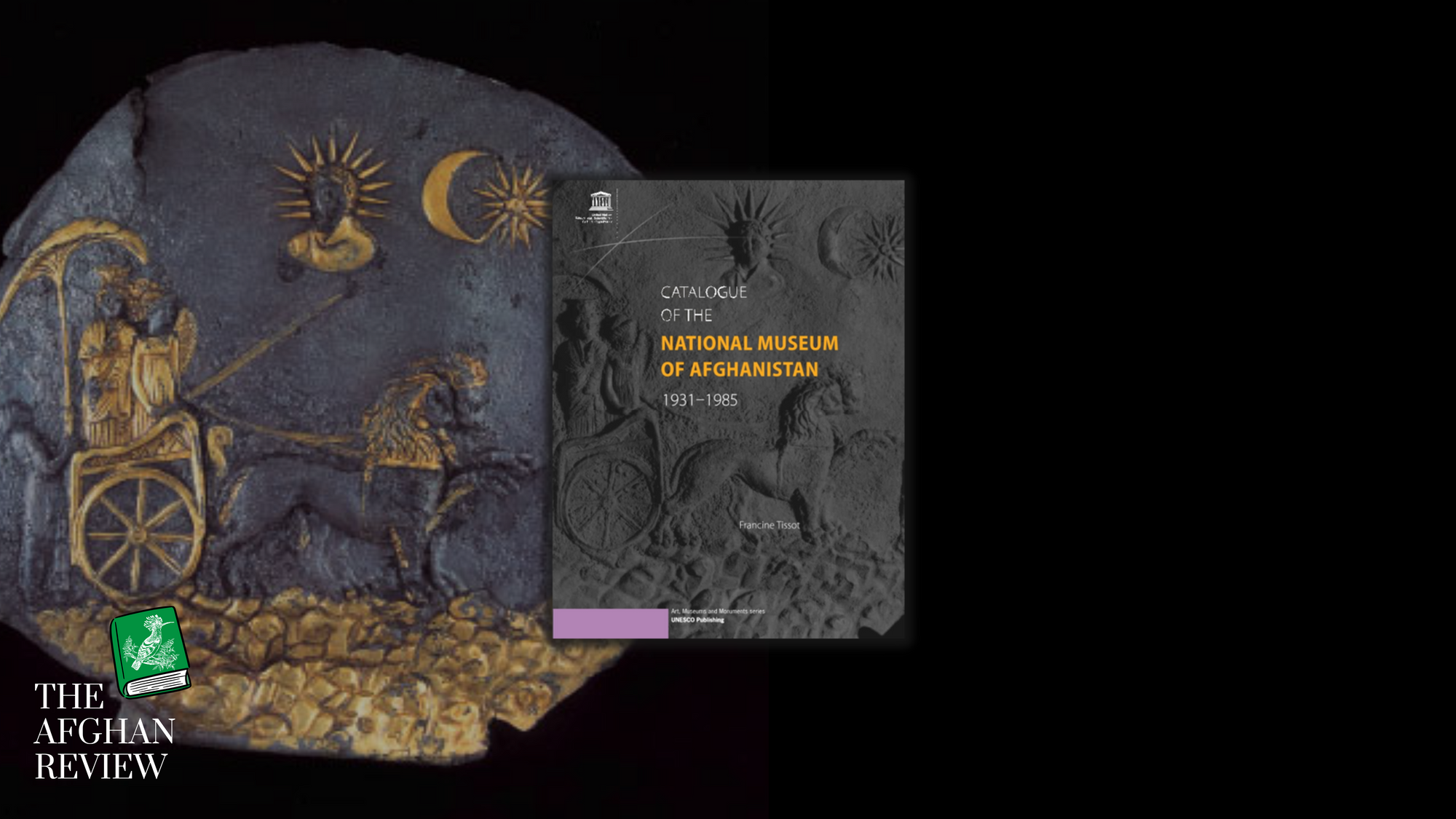
After Family Separation: Mothering From Afar in “Dancing in the Mosque”
With Dancing in the Mosque: an Afghan Mother’s Letter to her Son, Homeira Qaderi interrupts news broadcasts of family separation with a personal narrative, a memoir that asks whether in lieu of a parent, a story can mother. The book asks whether in lieu of a parent, a story
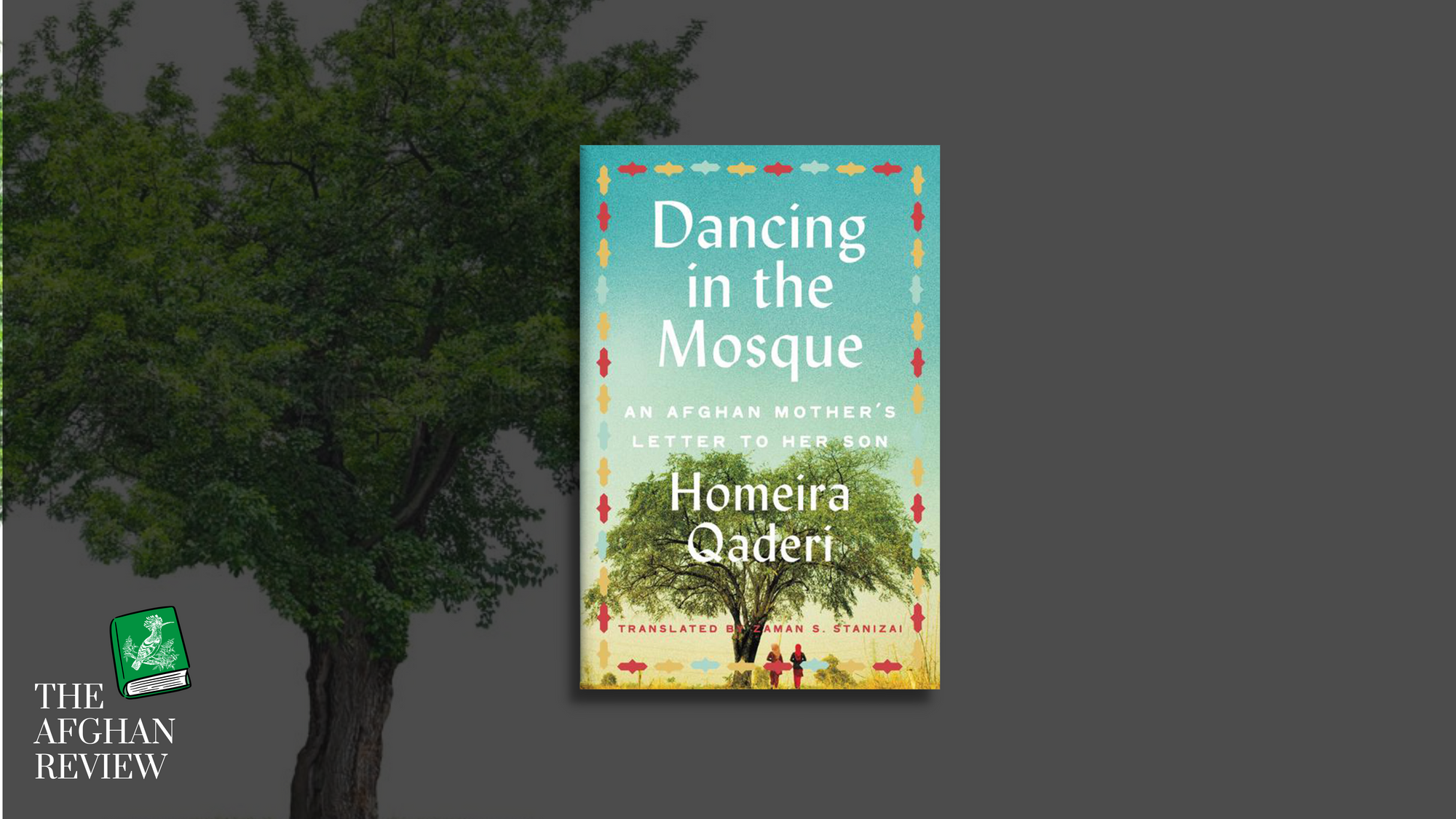
On “Malala: My Story of Standing Up for Girls’ Rights”
Malala: My Story of Standing Up for Girls’ Rights, a middle-grade, illustrated adaptation of the best-selling memoir I Am Malala co-authored by Malala Yousafzai and Patricia McCormick, is written with the generosity of a kindhearted child. Adapter Sarah J. Robbins brings Yousafzai’s inspirational li…
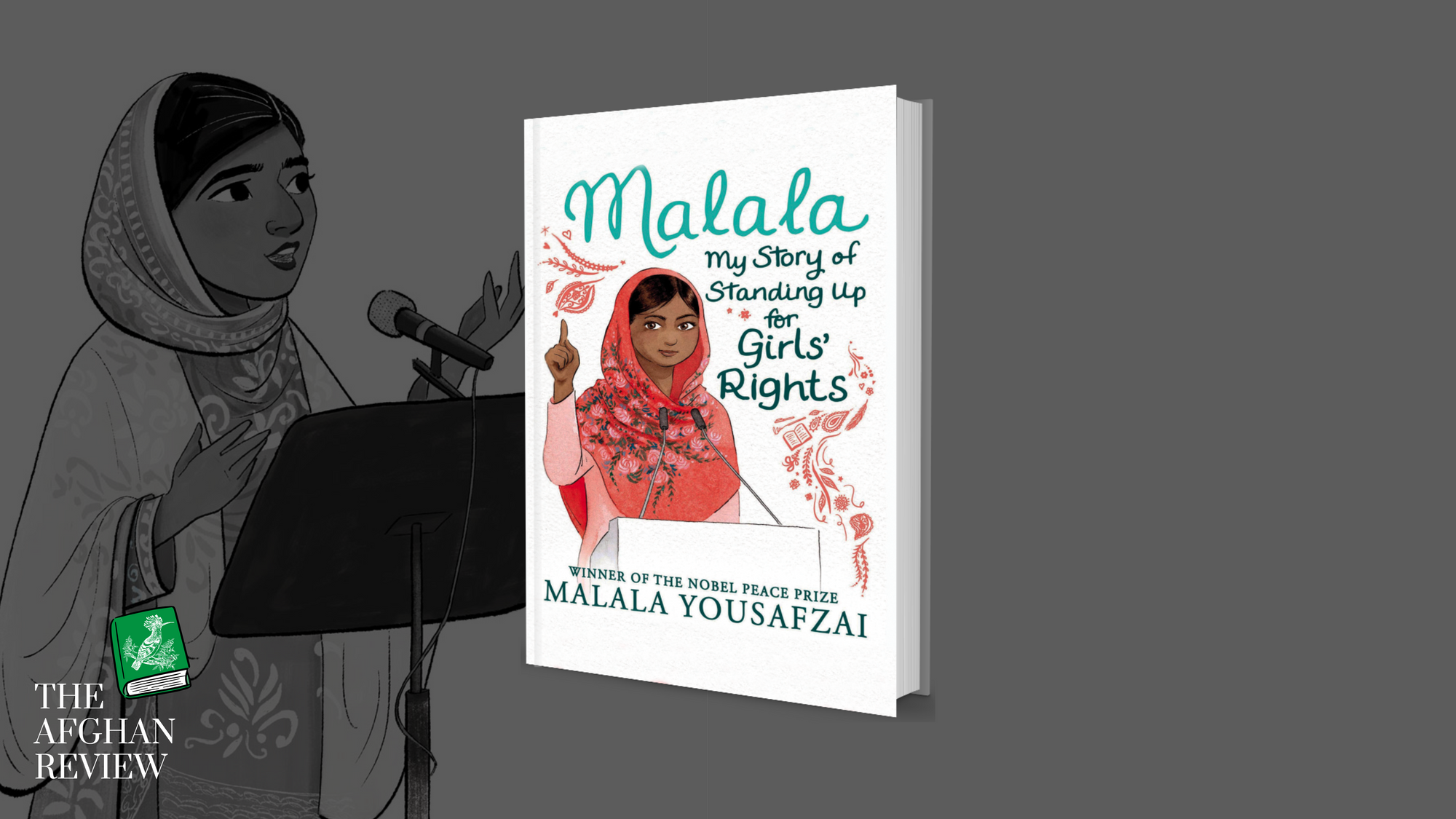
World Literature as World History in “The Invention of Yesterday”
Tamim Ansary’s latest publication, The Invention of Yesterday, emerges from two of his lifelong passions: literature and history. This new book functions like a map. Instead of transportation routes, it tracks how intersecting developments—linguistic, cultural, political, economic, medical, etc.—aro…
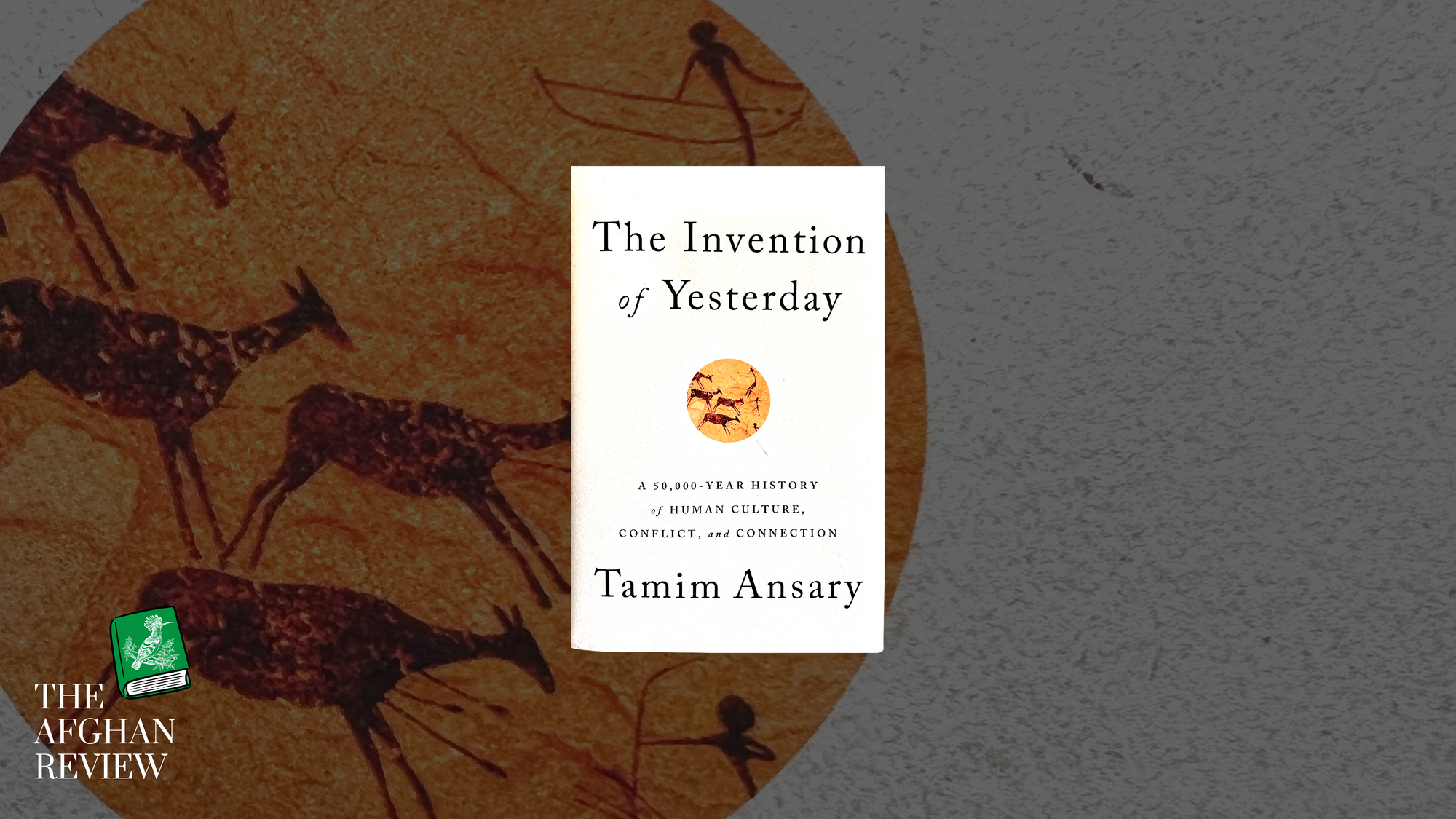
Afghan Womanhood as Transnational in “Dear Zari”
Despite a sensational cover image and Desperate Housewives-esque subtitle, Zarghuna Kargar’s book Dear Zari: The Secret Lives of the Women of Afghanistan is as much for Afghan women as it is about them. Compiled during Kargar’s time producing the BBC radio show Afghan Woman’s Hour, the stories

On “The Sky of Afghanistan”
Eulate and Wimmer offer a hopeful snippet of girlhood under the oppressive conditions of war in Afghanistan. The narrator is a cheerful girl who looks up at a sky that is “full of kites, […] but it can also be full of dreams,” to imagine a better country for herself. She
